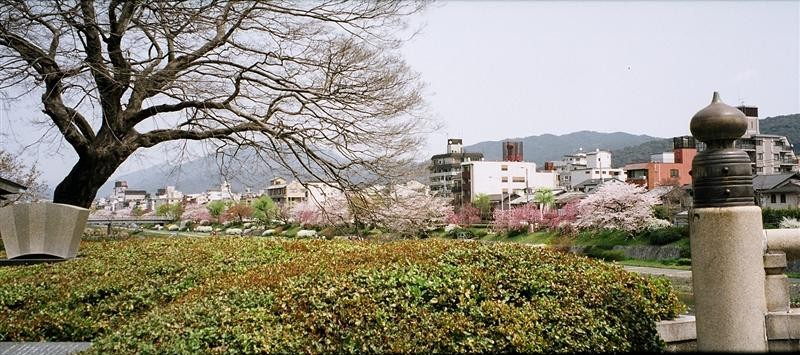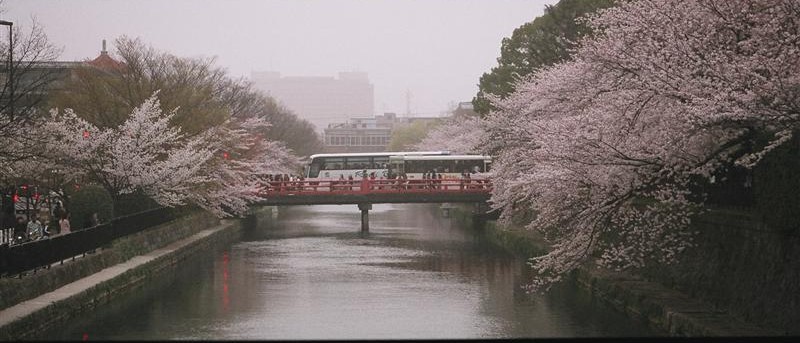
Overview
Kyoto is laid out in a grid system (streets running east–west or north–south) and this makes it (atypically for Japan) fairly easy to find your way around. If you are planning to meet someone, the easiest places to agree on are the intersections between streets (Sanjo/Kawaramachi for example, or Shijo/Karasuma). Kyoto station sits to the south of the city and beyond that further south is a nasty urban sprawl you don’t want to go to. The town centre with all its enticements of shopping, dining and nightlife lies between the streets Shijo and Oike (to the south and north) and Gion and Karasuma (to the east and west). Around here the main sightseeing areas are easily reached by bus and train and consist of Arashiyama to the west, the Kinkakuji area to the north-west, the Ginkakuji area to the north-east, Okazaki to the east, and Higashiyama to the south-east. You can get a free tourist-map at KPIC in the Kyoto station building.
The scenic Kamo river runs through the length of the city, and is a wonderful route for cycling. The way north being uphill will provide a good work-out for your calf muscles but you will be well rewarded, for the further you head north in Kyoto, the greener and prettier it gets. Surrounded by low-lying forested mountains, ancient Kyoto must have been quite a sight with its panorama of tiled roof-tops, temples, shrines, pagodas and gardens well-watered with springs, rivers, and streams. For a view over the modern city a hike up Daimonji mountain in the north-east of the city is recommended.

Buses and Trains
A free Kyoto City Bus Sightseeing Map in English from the bus ticket center outside Kyoto Station is recommended. This includes all the major sightseeing routes, bus-numbers, a transfer chart and rail-lines are clearly marked out too.
Within the central city confines all single-trip bus fares are ¥230 (¥120 for children).
A Kyoto City Subway & Bus One Day Pass is good value at ¥1,100 (¥550 for children) and can be used on all Kyoto City bus lines within the central city for one day.
The Subway & Bus One Day Pass also covers the Sightseeing Limited Express Bus, which stops at major sightseeing spots like Kiyomizu-dera Temple, Gion and Ginkakuji Temple.
The Karasuma Subway Line runs north-south and will take you from Kyoto station into the city center. Also running north-south is the Keihan Line which runs between Demachiyanagi in the north-east and down alongside the Kamo river, ultimately ending in Osaka. Frustratingly however, it manages to bypass Kyoto station. The Hankyu Line provides another route into Osaka running east-west along Shijo street and connecting Kawaramachi, Karasuma, and further west Omiya, Saiin and Katsura. Change at Omiya to take the trolley-car to Arashiyama. Further north, again running east-west is the Tozai Line from Yamashina and that will take you as far west as Nijo Castle.
Related:
Kyoto Cycling Tour Project
Text and images by Michael Lambe. All rights reserved.


Leave a Reply